Energy storage could take renewable technology to a whole new level …
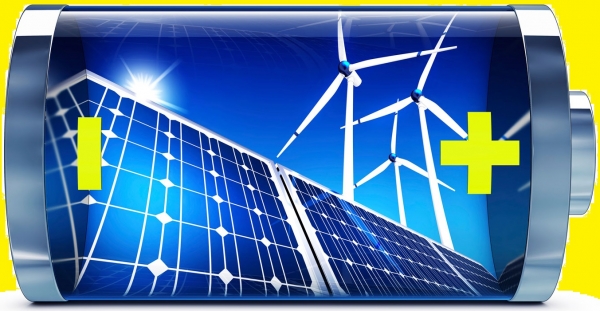
Storage systems can make economic sense for renewable energy sources such as wind and solar, according to new research.
Storage systems can make economic sense for renewable energy sources such as wind and solar, according to new research.
The renewable energy sector (mainly wind and solar industry) has grown rapidly in recent years, but its future growth will depend on whether it can compete with alternatives that provide high-value energy on demand. This could be achieved with the installation of large-scale energy storage systems that can capture power when it’s available and release it on demand. But still, in which investments are they really needed and which storage technology is appropriate? MIT scientists formulated a method to evaluate diverse storage technologies with varying performance and set cost improvement targets.
‘Researchers and practitioners have struggled to compare the costs of different [energy] storage technologies, because of the multiple dimensions of cost and the fact that no technology dominates along all dimensions’, says Jessika Trancik, the Atlantic Richfield Career Development Assistant Professor of Energy Studies at MIT. ‘Storage technologies can only be compared by looking at the contexts in which they are going to be used (…) The overall idea is to use data and models to accelerate energy technology development’.
The study, published last month in the journal Nature Climate Change, shows that some storage technologies of today can add value to solar and wind energy, but cost reduction is needed to reach widespread profitability. The best cost-improvement practices, balancing energy and power costs to maximize value, are found to be relatively location invariant, and thus can define broad industry and government technology development strategies. And regardless of the particular circumstances at a given location, some specific types of storage solutions overmatch others, due to the fact that certain features of how electricity prices fluctuate are common across locations. According to the study though, the costs of such systems nowadays don’t yet make them profitable enough without policy support, so their popularity remains low. And, of course, as the cost of wind and solar power systems comes down, the cost of storage systems will need to come down as well in order for them to be effective.
Source: MIT News
Source: MIT News
Want to read more like this story?

Data-Driven Siting: Revolutionizing Renewable Energy Efficiency
Dec, 20, 2024 | NewsBuilding efficient solar and wind farms requires more than just identifying areas with the most sun...
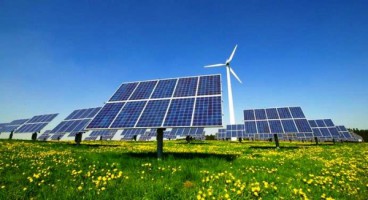
Maybe RES Do Not Need Energy Storage!
Nov, 03, 2015 | NewsRenewable Energy Sources have the largest part in the electrical power that is installed each year a...
British company introduces waterless pumped storage hydropower technology
Aug, 24, 2023 | NewsA UK-based company has developed a waterless pumped storage hydropower technology, and recently tea...
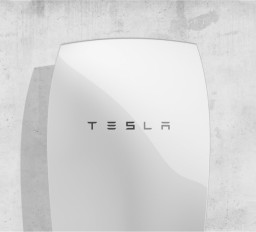
The most elegant battery for energy storage
May, 23, 2016 | NewsTesla’s Powerwall, with its unique design, has already sold 2.500 units Tesla’s Power...
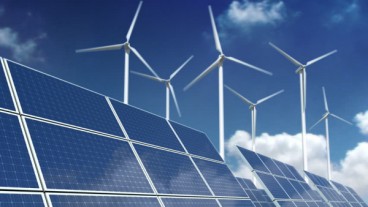
Solar and wind energy could cover 80% of US electricity demand
Mar, 27, 2018 | NewsInvestment in greater storage and expansions of transmission capabilities are key factors according...
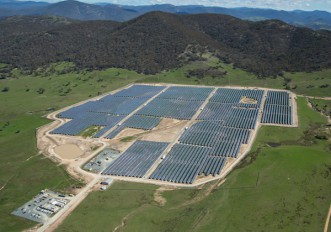
2016 was a milestone for large-scale solar energy projects in Australia
May, 15, 2017 | NewsWind power has also gained ground in the country as its cost has fallen Wind power has also gaine...
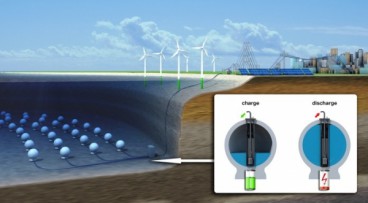
Wind Energy: Storage Balls On The Seabed
Oct, 22, 2015 | NewsThe method that is currently being used to store wind energy is pumped storage: the surplus of wind...

By 2050, half of the EU citizens could be generating their own renewable energy
Oct, 10, 2016 | NewsA people-powered energy revolution is possible and may be close at hand A people-powered energy r...
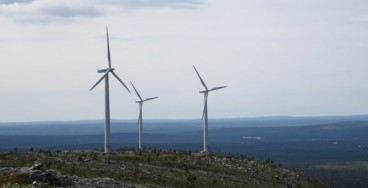
The first ‘green’ island in the Mediterranean is a reality
Mar, 13, 2018 | NewsThe small Greek island of Tilos is now energy independent, powered by wind and solar energy The sma...
Trending

Vertical gardens in Mexico City to combat pollution

Saudi Park Closed After 360 Big Pendulum Ride Crashes to Ground, 23 injured

Characteristics of Load Bearing Masonry Construction

Taipei 101’s impressive tuned mass damper

Dutch greenhouses have revolutionized modern farming

Federal court rules Biden’s offshore drilling ban unlawful


